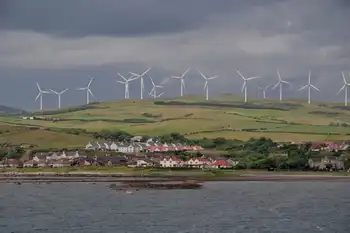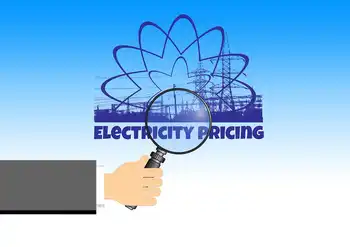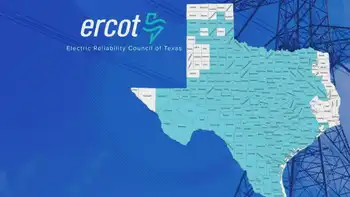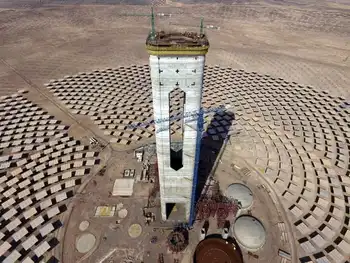Flatscreens should have energy labels: FTC
WASHINGTON, D.C. - Mandatory EnergyGuide labels are being proposed for all televisions sold in the United States in an effort to give consumers more information about the energy cost of watching TV.
The U.S. Federal Trade Commission, which is leading the labeling effort, has been moving in that direction since 2007, when Congress passed an energy act that gave the FTC authority to require energy disclosure on consumer products.
"What our proposal would do is to have a mandatory energy label on every television and the primary disclosure on the label would be how much it will cost you to run every year," Hampton Newsome, a FTC attorney said in an interview with CBC News.
Energy-star labels already appear on the most efficient televisions today in an effort to promote brands that use less power. Mandatory labeling would rely on the same testing procedure used by the EnergyStar program.
"There's a range of power use for television, so labelling would help people make comparisons," said Newsome. "The bigger TVs use a lot of energy, like as much as a refrigerator. So you have a much different market for TVs than you had in the past," said Newsome.
The average plasma TV uses more than three times as much energy as an old cathode-ray tube set, while liquid-crystal display, or LCD, televisions use about 43 per cent more energy than tube sets.
Newsome estimated that the largest televisions use up $75 (US) a year, based on average electricity costs and the TV being on for five hours a day.
In the 1970s and 1980s, there was little variation in how much power televisions used. As a result, the U.S. Department of Energy opted not to require energy disclosure, since it wouldn't have helped consumers.
The department revisited the labeling issue in 2007 after learning through consultations that modern, flat-screen televisions range widely in the power they use.
For instance, a 65-inch flat-screen TV can consume between 135 watts and 433 watts, depending of the options and brands. Similarly, a 52-inch LCD model can use between 115 watts to 329 watts.
"From a consumer standpoint, these products use a lot of energy, so it's a good idea to have labeling disclosure," said Newsome.
A New York-based environmental advocacy group, the Natural Resource Defense Council, estimates that television use represents between 10 and 20 per cent of a typical home's annual electricity use, and about one per cent of power use in the U.S.
California is leading the way in trying to reduce the amount of power used by televisions. In November, the California Energy Commission approved new efficiency standards that TVs must meet starting 2011.
The commission estimates it will save $8.1 billion (US) in energy costs within a decade, enough to power 864,000 single-family homes.
Ontario has also said it is considering following California's example of requiring televisions sold in the province be energy efficient, but it has not set any deadline to bring in a law.
Related News

Ontario's electricity operator kept quiet about phantom demand that cost customers millions
TORONTO - For almost a year, the operator of Ontario’s electricity system erroneously counted enough phantom demand to power a small city, causing prices to spike and hundreds of millions of dollars in extra charges to consumers, according to the provincial energy regulator.
The Independent Electricity System Operator (IESO) also failed to tell anyone about the error once it noticed and fixed it.
The error likely added between $450 million and $560 million to hourly rates and other charges before it was fixed in April 2017, according to a report released this month by the Ontario Energy Board’s Market Surveillance Panel.
It did…




